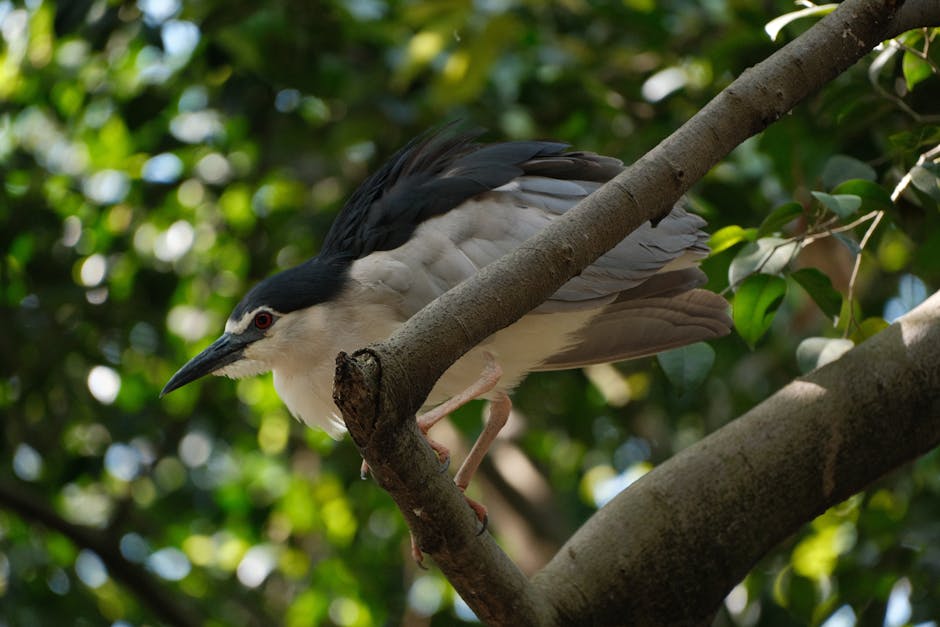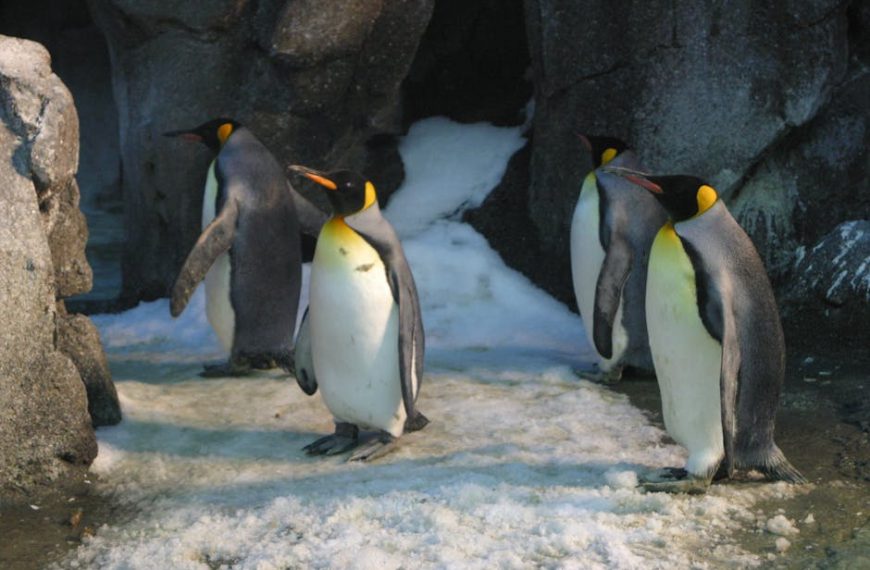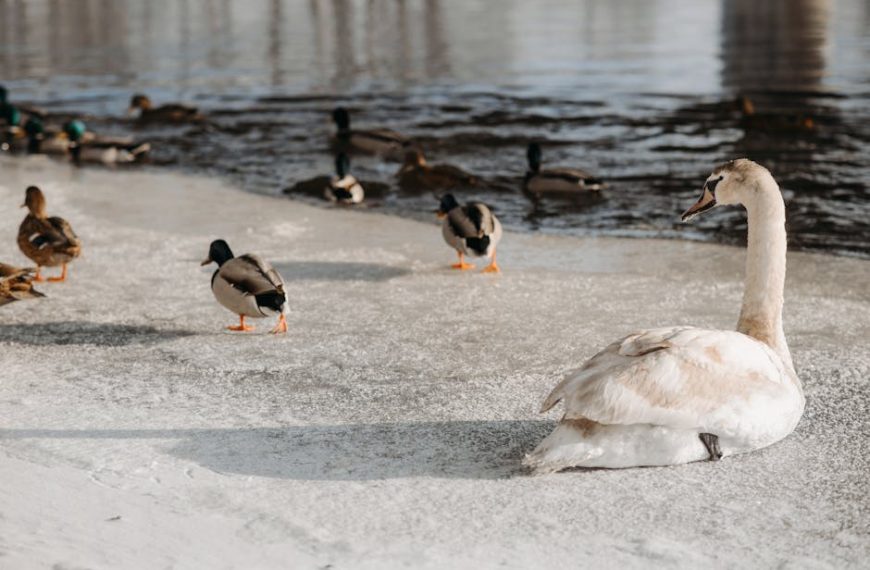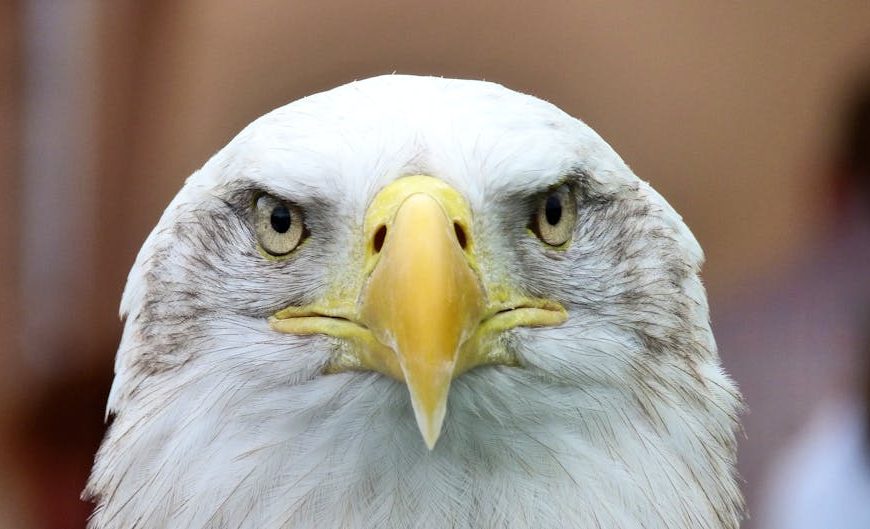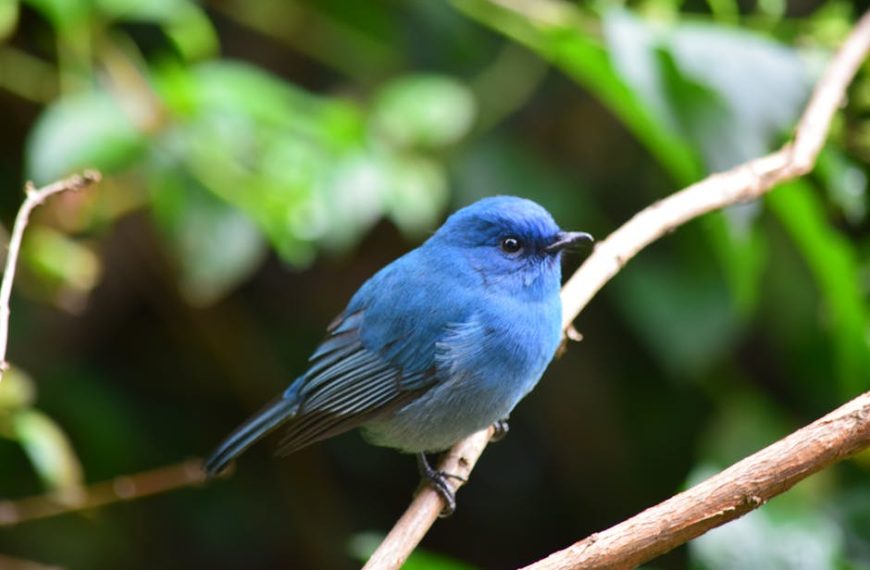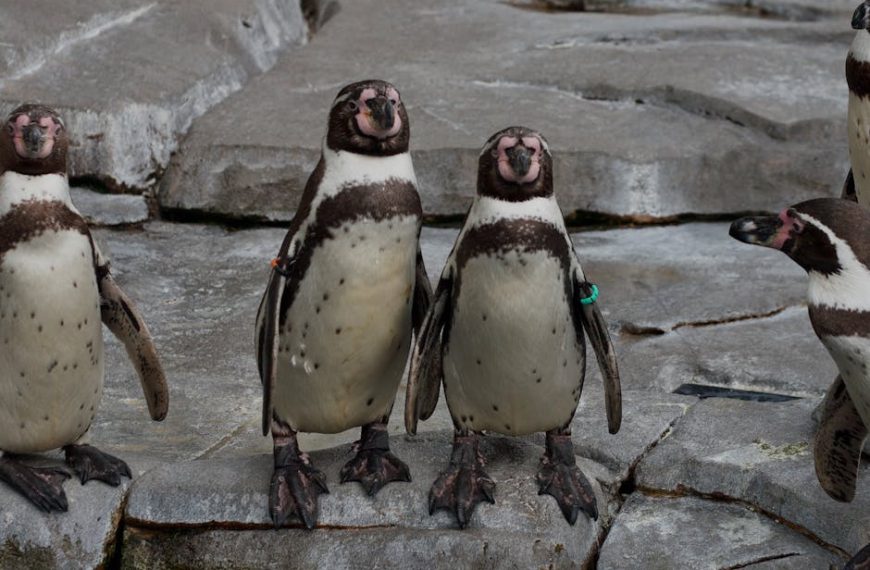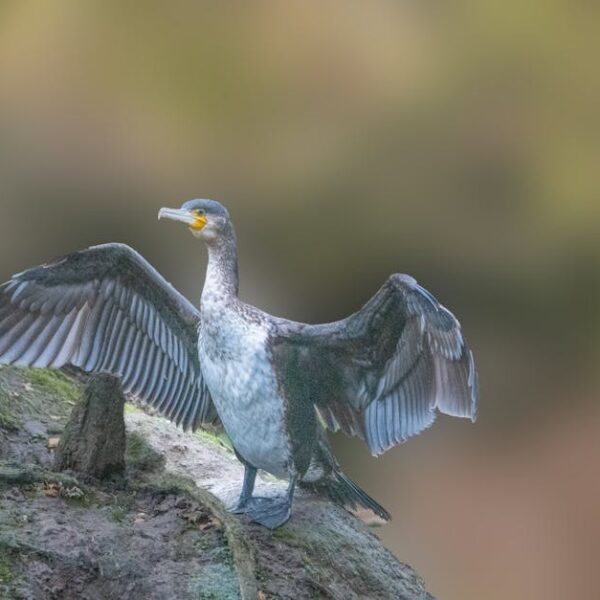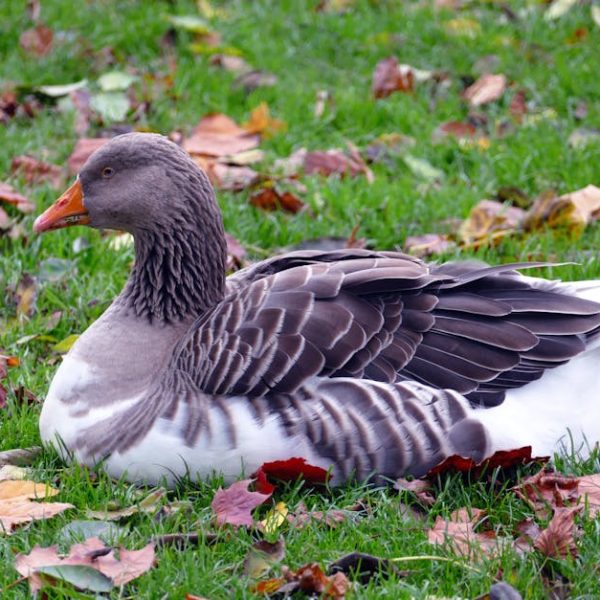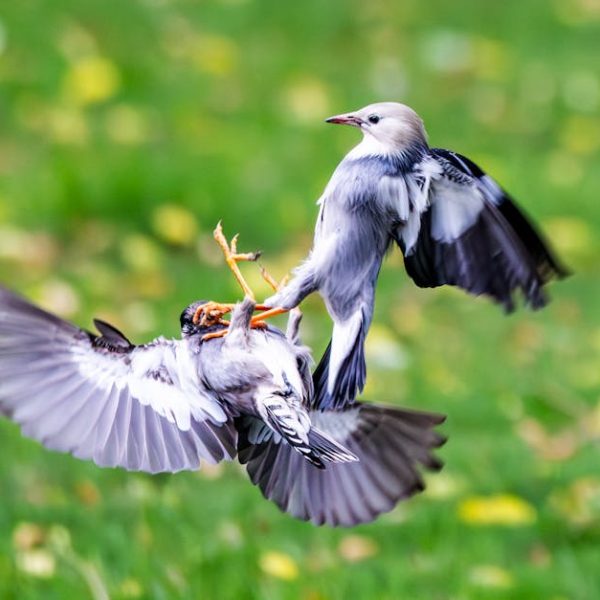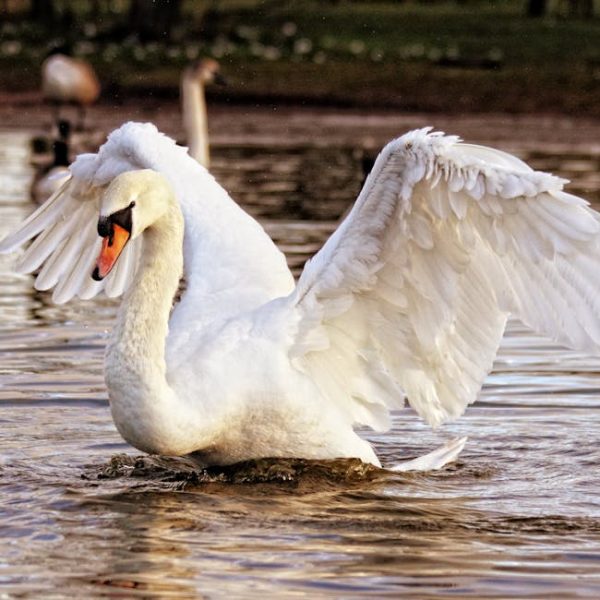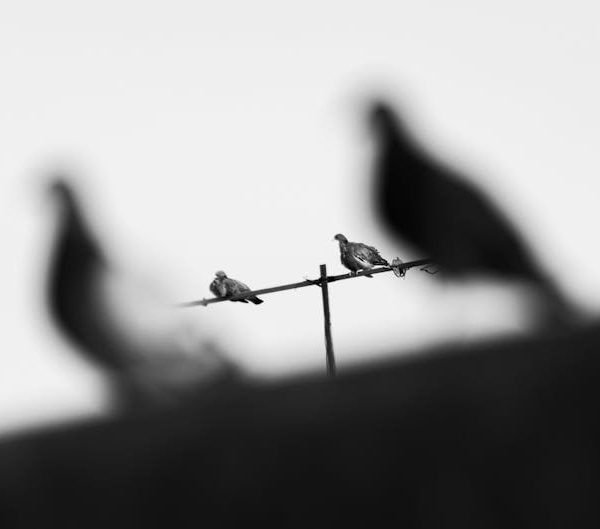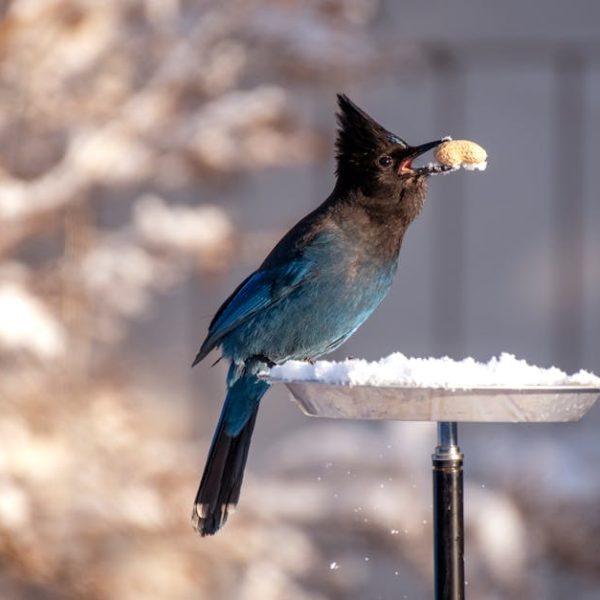For centuries, humans have been captivated by the habits and behaviors of birds, particularly where our feathered friends choose to take their slumber. It’s not as straightforward as you might think. Sleeping patterns vary drastically among the more-than-10,000 known species of birds, driven by adaptations and habitat peculiarities.
Understanding Birds’ Sleeping Habits
Birds are predominantly diurnal creatures, meaning they are active during the day, and rest during the night to conserve energy. Fundamentally, their sleep is similar to humans’, cycling through periods of REM (rapid eye movement) and non-REM sleep. However, certain aspects vary greatly among bird species. For instance, frigate birds, found over tropical oceans, have been observed to sleep while in flight – quite the night-owl!
Key points about bird sleeping habits:
- Birds generally sleep at night and are active during the day.
- Sleep places and patterns vary among species.
- Some birds can sleep while in flight.
Pro tip:
Scope a bird’s sleeping habits by observing them during twilight hours, when they return to their roost.
Common Sleeping Locations for Birds
Have you ever wondered why birds seem to disappear as dusk falls? They’re tucking in for the night! Their chosen roosts generally fall into one of four categories: trees, nests, on the water, and in burrows. These locations serve as safe havens from predators and harsh weather. Trees, for example, offer height as a formidable defense against ground-based predators.
Best Practices:
Maintain a responsible distance when observing bird roosts, to minimize stress on the birds.
Comparison of Sleeping Locations
| Sleeping Locations | Pros | Cons |
|---|---|---|
| —— | —— | —— |
| Trees | Protection from ground predators | Vulnerability to airborne predators |
| Nests | Protection for young birds | Maintenance requires energy |
| Water | Safety from terrestrial predators | Risk from aquatic predators |
| Burrows | Shelter from weather | Limited escape routes |
Unique Sleeping Places for Certain Bird Species
While many birds favor the safety of a tree branch or nest, others have more peculiar tastes. Swifts, for instance, are known to roost on cave walls, while emperor penguins huddle together to brave Antarctic winters.
Checklist of unique bird species and their sleeping habits:
- Swifts: sleep on cave walls
- Emperor Penguins: communal sleep outdoors
- Frigate Birds: sleep in flight
Pro tip:
When observing these bird species, look for behavior that’s distinct from their daytime habits, which may indicate preparation for sleep.
Watch this space to learn more about birds’ special sleeping mechanisms, and how human activities impact these adorable creatures’ tranquil time. Stay tuned for insights that will make your bird-watching endeavors even more enlightening.
Birds’ Special Sleeping Mechanisms
Birds possess some strikingly unique sleep adaptations. A fascinating case is the unihemispheric slow-wave sleep, where one half of the bird’s brain is asleep while the other half remains alert. This partial sleep mode enhances their survival ability by keeping them vigilant against predators even when asleep. Notably, birds sleeping in risky locations or large, migrating flocks practice this. Another feat in the bird kingdom is the ability to sleep while perched or in flight. Their flexible tendons lock their toes around the perch when they settle down, ensuring they don’t fall off even while deeply snoozing.
Special sleep birds:
- Ducks: practice unihemispheric slow-wave sleep
- Frigate birds: sleep while in flight
- Most passerine birds: sleep while perched
Best Practices:
Studying birds’ sleeping mechanisms is an intriguing field of science. However, it’s essential to avoid disturbing the birds, utilizing non-invasive technological devices and keeping a respectable distance while observing.
How Human Activities Impact Bird’s Sleeping Habits
Birds, like any other wildlife, bear the brunt of human-induced disturbances. Disruptions in natural habitats, light pollution, and the increased average global temperature are some concerns directly linked to their sleep patterns. Lighting in cities disrupts the sleep cycles of urban-dwelling birds, leading to stress and potentially lowered survival rates. Similarly, habitat destruction deprives birds of their accustomed sleeping locations, forcing them to adapt to less secure environments.
Pro tip:
Be a conscious inhabitant by minimizing light pollution, advocating for urban green spaces to offer birds natural environments for their sleep, and educating others about respect for wildlife.
Impact of Human Activities: Urban vs. Rural Areas
| Urban Areas | Rural Areas | |
|---|---|---|
| —— | —— | —— |
| Light Pollution | High: disrupts bird sleep cycles | Low: less impact on bird sleep |
| Habitat Availability | Reduced green spaces | Adequate habitats available |
| Solutions | Implement light curfews, increase urban green spaces | Conservancy efforts and sustainable land management |
Final Thoughts
Birds’ sleep patterns and locations are indeed an interesting field of study, offering observers unique insights into these creatures’ lives. By understanding these habits, we not only appreciate birds but also acknowledge how our activities can impact their survival and the balance of our shared environments. As a bird enthusiast, it’s our responsibility to observe respectfully, minimizing any disruption, and advocating for a world where birds can fly, sing and yes, sleep in peace.
Key Takeaway:
- Birds are predominantly diurnal creatures, active during the day and sleep at night to conserve energy.
- Sleep places and patterns can significantly vary among bird species.
- Birds choose safe havens for sleeping that would protect them from predators, examples include trees, nests, on the water, and in burrows.
- Some species of birds like frigate birds can sleep while in flight, while others like ducks, utilize unihemispheric slow-wave sleep where half the brain remains alert during sleep.
- Sadly, human activities such as lighting in cities and habitat destruction can disrupt birds’ sleep patterns, which can lead to stress and lowered survival rates.
Exploring the world of bird’s sleeping patterns and habits truly introduces us to some fascinating facts. As bird enthusiasts or casual observers, we can play our part in minimising impacts on them by reducing light pollution, conserving habitats and observing from a respectful distance. This respect and consideration can help maintain a balanced ecosystem where every creature can thrive, even during their slumbers.
FAQs
Q: How is the sleep of birds different from human sleep?
A: Like humans, birds also cycle between REM and non-REM sleep. However, what sets them apart is some birds’ ability to sleep while in flight and a mechanism called unihemispheric slow-wave sleep where half of the brain remains alert during sleep.
Q: Can all birds sleep while flying?
A: No, not all birds can sleep while flying. This feat is observed in specific species like the frigate birds.
Q: What’s unihemispheric slow-wave sleep and why is it important for birds?
A: Unihemispheric slow-wave sleep is a unique sleep adaptation where one half of the bird’s brain is asleep while the other remains alert. This partial sleep mode allows birds to remain vigilant against predators even when asleep and is typically observed in birds sleeping in risky locations or large, migrating flocks.
Q: Can human activities disrupt bird sleep patterns?
A: Yes, human activities like light pollution and habitat destruction can significantly disrupt the sleep patterns of birds. Lights in cities confuse urban birds, leading to stress and potentially lowered survival rates, while habitat destruction deprives them of their accustomed sleeping locations.
Q: How can I responsibly observe bird sleeping habits without disturbing them?
A: It’s advised to maintain a responsible distance when observing bird roosts and to use non-invasive means, like binoculars or scopes, to minimize stress on the birds. Also, observing birds around the twilight hours helps gain insights into their sleeping habits.
We hope this information provides intriguing insights into the mysterious world of bird sleep patterns. Feel free to share this knowledge with your fellow bird lover groups and don’t forget to explore our other posts for more engaging bird-related content.
